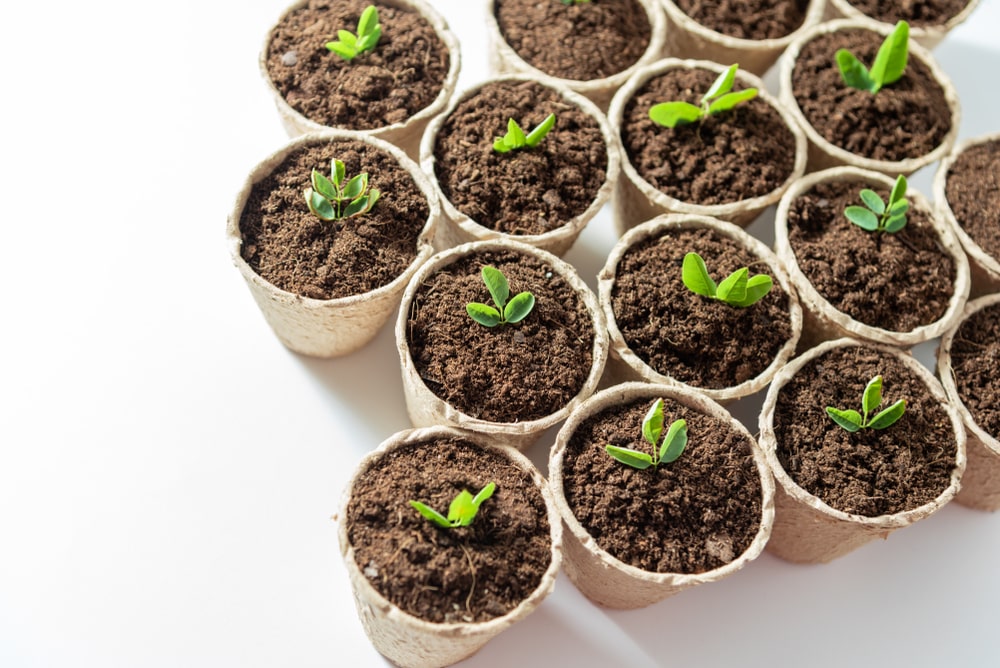
Microgreens are small vegetables that are obtained by harvesting a seed before it has fully matured. They offer a number of different advantages, along with unique health benefits. These vegetables taste just like their adult plant but are much easier and faster to grow.
Microgreens are one of the few vegetables that you can grow in a short period of time. They are mostly used due to their texture, flavor, and color. What most people don’t know is that they also have a decent nutritional value which makes them a pretty good ingredient to add in different recipes.
Growing Microgreens in Coconut Coir
Recently, many people have been using coconut coir as a medium for growing their plants. The reason behind this is simply because of the benefits that it brings. For those of you who have no idea about coconut coir, they are basically fibers of coconut. What’s so unique about these fibers is that you can actually use them as a means to grow microgreens.
But why should you ditch the traditional method of growing microgreens on soil? In order to find out, we highly suggest you keep on reading this article!
How Can It Be Beneficial?
As coconut coir is mainly made out of the fiber, it can absorb moisture very effectively. Unlike soil, overwatering coconut coir is actually pretty hard. What’s even better is that you can get coconut coir much cheaper than soil. However, the exact price will mostly depend on whom and how much are you buying.
In most cases, coconut coir is bought in the form of dehydrated blocks. This is because these blocks are very easy to carry around and store. Whenever you need them, all you have to do is to add water to them. This way, they will be able to expand.
It is also worth mentioning that there is a special type of coconut liner or sheet that can be bought. These are made purely for allowing you to grow microgreens on them. The procedure is as simple as it gets. Just roll the sheets and cut them according to the space that you require. Finally, add water for it to take effect.
However, one thing to note is that due to its common availability, you may end up buying a low-quality coconut fiber. Lower quality coconut fibers will have high amounts of sea-salt in them. It will directly affect the microgreens that you are growing on them. This is why it is incredibly important that you pick the right type of coconut coir for your microgreens. One last thing to note is that even though microgreens can be grown without nutrients, it is recommended that you use them if you are thinking about growing long term microgreens using coconut coir.
The Bottom Line
Here is everything that you needed to know about growing microgreens in coconut coir. For more like this, check out our other articles that cover all the hot topics about farming and gardening!
